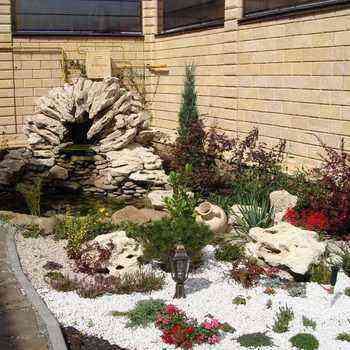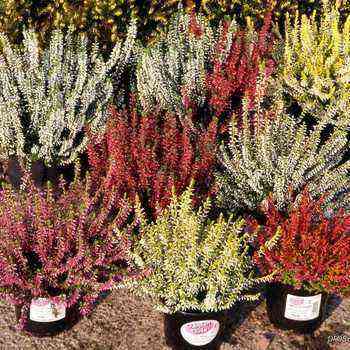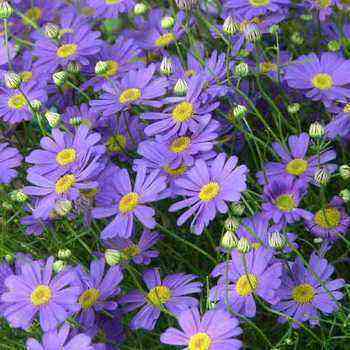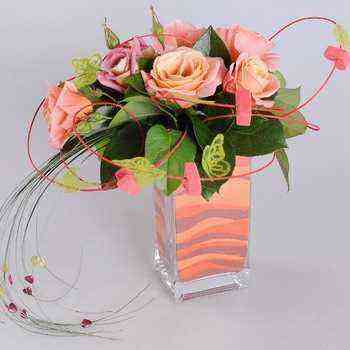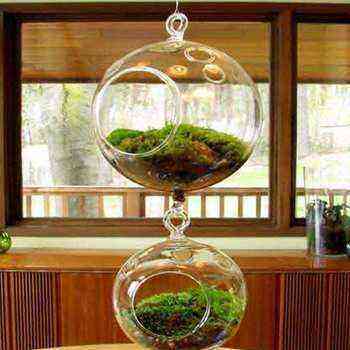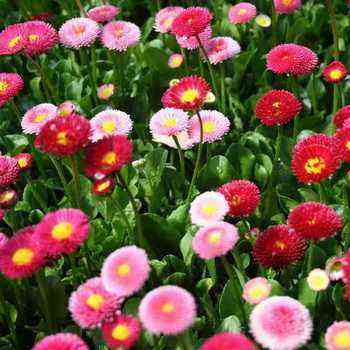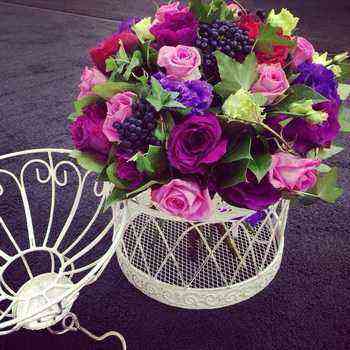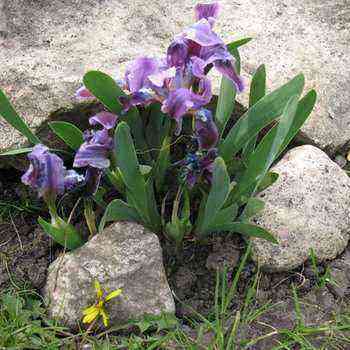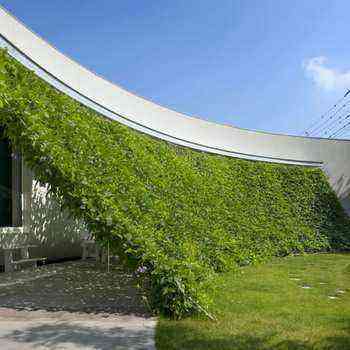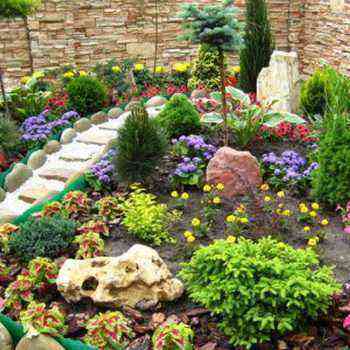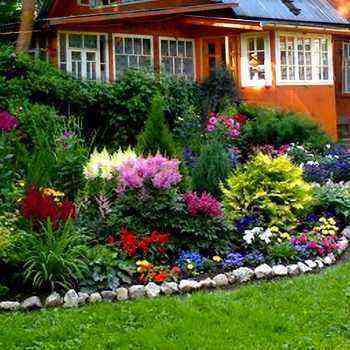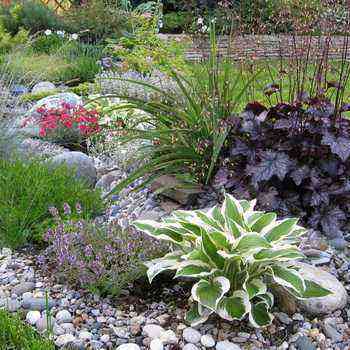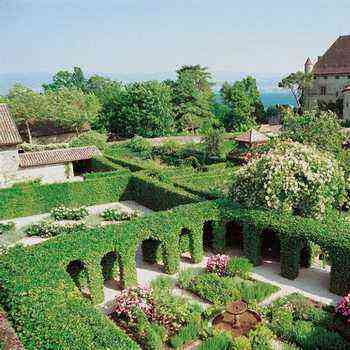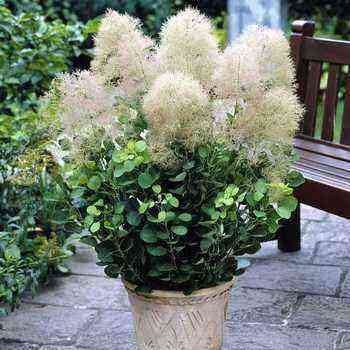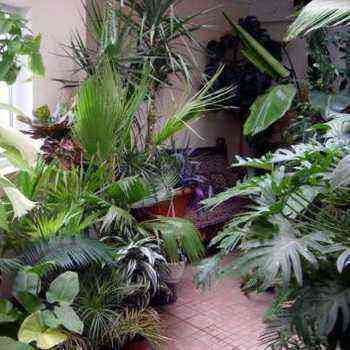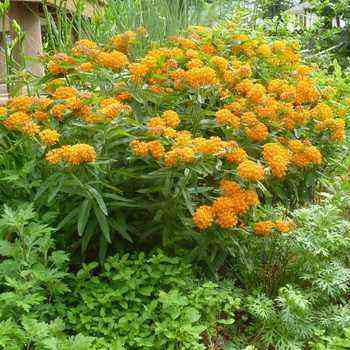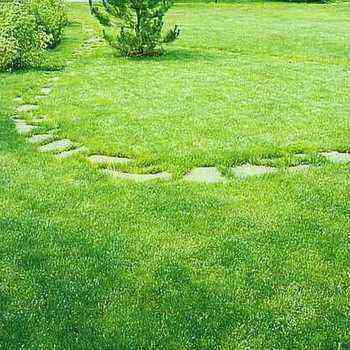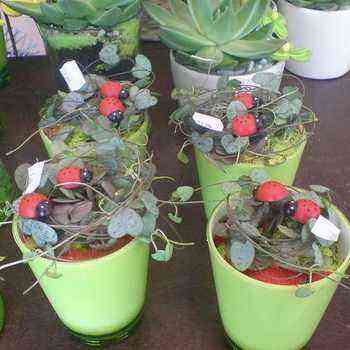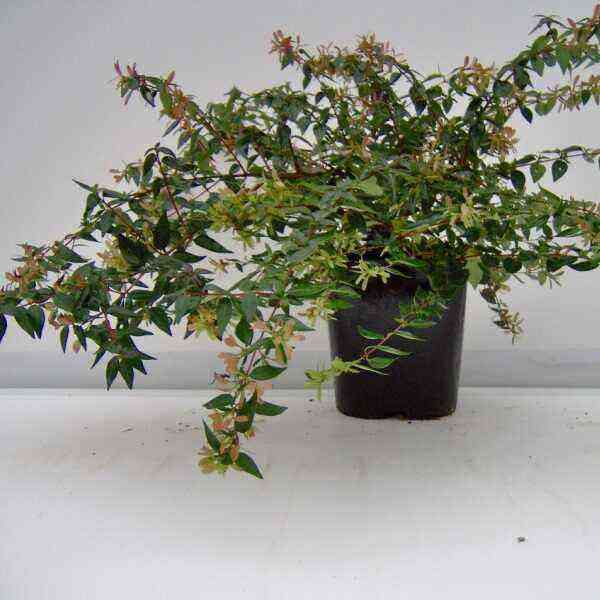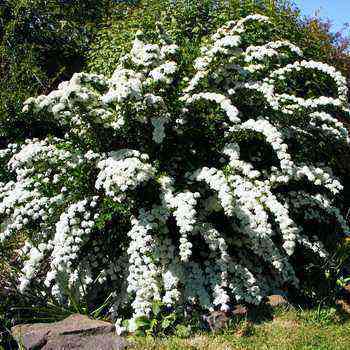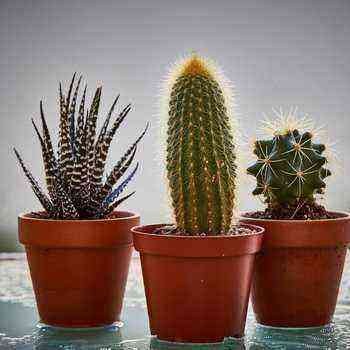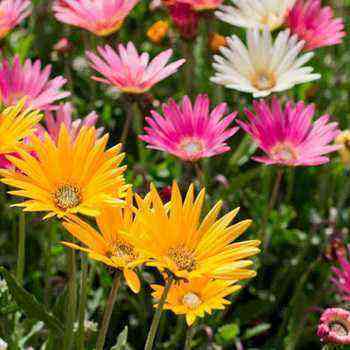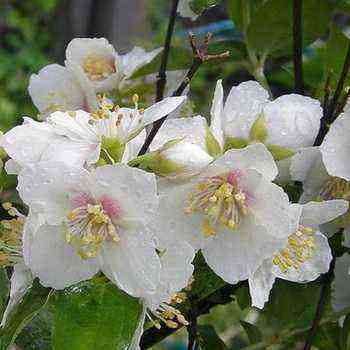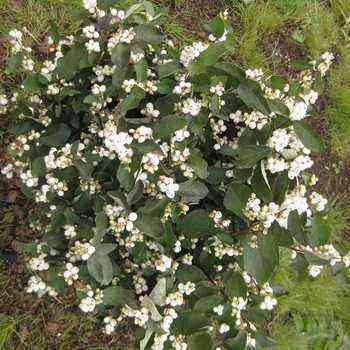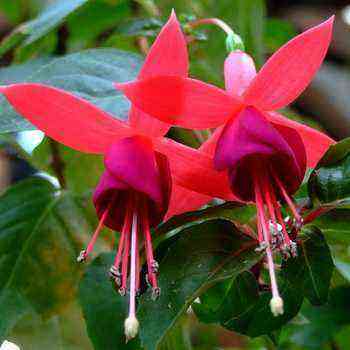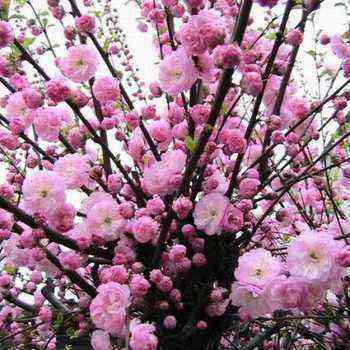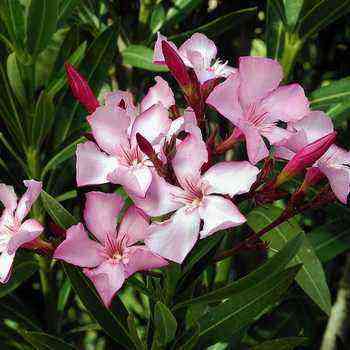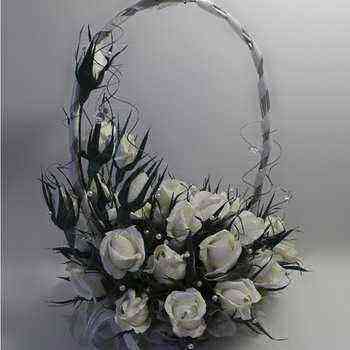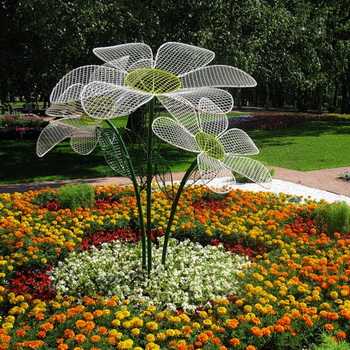 Composing compositions from garden flowers is a troublesome process, but not as laborious as it might seem at first. Flowers for compositions are usually cut in the garden or bought in a store. It is possible to use indoor flowers for room design. In this case, you need to carefully consider what kind of flowers to use in interior design: whether it will be compositions of violets, ferns or mini-deserts of cacti in glass bowls.
Composing compositions from garden flowers is a troublesome process, but not as laborious as it might seem at first. Flowers for compositions are usually cut in the garden or bought in a store. It is possible to use indoor flowers for room design. In this case, you need to carefully consider what kind of flowers to use in interior design: whether it will be compositions of violets, ferns or mini-deserts of cacti in glass bowls.
In this article, you can see photos of flower arrangements, as well as find out what material to use for flower arrangements. We will also share with you recommendations on how to buy flowers and how to collect plants for a room composition in your garden.
Purchase of material for flower arrangements
There are three main sources of fresh plant material. An important source is the garden, where you can cut fresh flowers that are in the right stage of development for indoor composition. In addition, there is a large supply of stems and leaves, which are so important for almost all compositions.
The main problem is that there are times when there are not enough flowers in the garden, or when you want to make an arrangement that requires larger and more vibrant colors than your garden can offer. In this case, you will have to turn to an alternative source. You can collect fresh material in nature, but there is a certain code of conduct. You can collect flowers with the exception of some rare ones that are protected.
There are a number of restrictions – the plants must be wild, not planted, they must not be on private land, and they must not be dug up by the roots. For year-round production of spectacular flowers, you should turn to a third source – flower shops. This could be a garden center, a market stall, or a supermarket.
The filler material consists of small flowers or all kinds of leaves, which are used to cover the fasteners and the edges of the container, and also provide the composition with additional interest and color. Unwanted nudity is filled with it.
examples: scabiosa, gravilat, chebe, holly, alstroemeria, aster, gypsophila, goldenrod, freesia, ivy, euonymus, bouquet carnations.
The basis for compositions of garden flowers – the formation of phytodesign
The shaping material consists of tall stems, spike-shaped inflorescences or expressive leaves, which are used to create the basic shape or frame. The base for garden flower arrangements can be straight or curved, and this determines the height and width of the finished composition.
examples: boxwood, privet, gladiolus, long-stemmed roses, eucalyptus, green jasmine, broom, forsythia, delphinium.
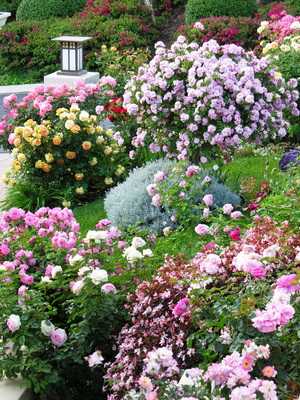
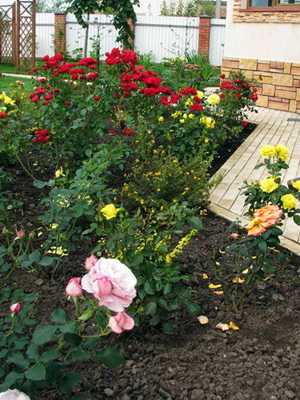
The main material of such phytodesign consists of large flowers or spectacular inflorescences of small flowers.
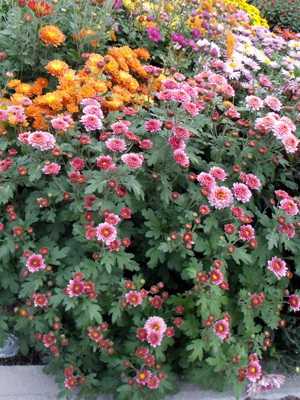
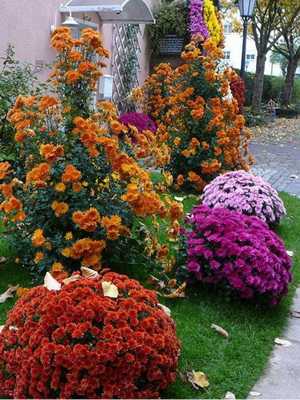
Attractive foliage is sometimes used. This dominant material provides one or more focal centers.
examples:gerberas, chrysanthemums, anthurium, lilies, peonies, tulips, poppies, roses, hydrangea, dahlias, daffodils, geraniums.
How to buy flowers for compositions
Self-respecting flower shops or large supermarket chains obviously care about maintaining their reputation, but you cannot rely on one supplier to always outperform the others. The only way to judge the quality is to look at the material. First, look at the flowers in the buckets – they should be protected from direct sunlight and the water shouldn’t smell bad. The foliage must be firm and the cut ends of the stems must be submerged in water.
As a rule, flowers should be bought at half-time for long-lasting flowers.
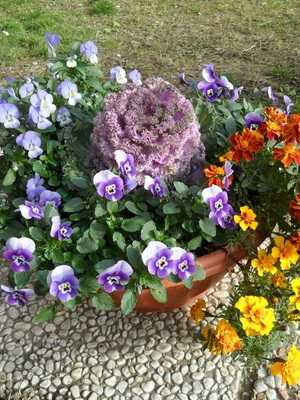
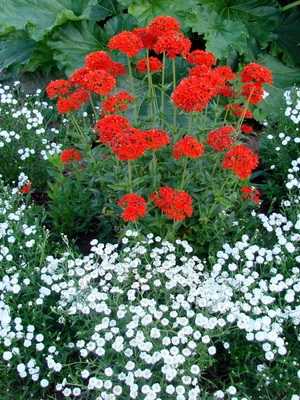
Pay attention to the photo of compositions of garden flowers – in the inflorescences there are necessarily several open flowers and many colored buds. It is too early to buy flowers at the bud stage – dense green buds often do not open indoors. Fully opened flowers will not stand for long. Of course, this is not a problem if the bouquet is for a special occasion the next day.
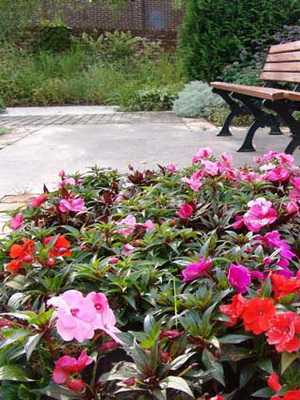
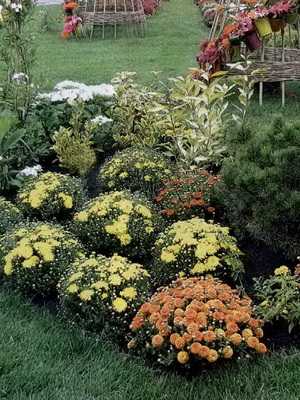
In flowers with simple chamomile-shaped inflorescences, the appropriate stage is determined by the fact that the petals are completely open, but the central disc is free of yellow pollen.
Bring flowers home as soon as possible – don’t put them in the trunk of your car on a warm day. Prepare the flowers before using them in the arrangement.
PLANTS | DEVELOPMENT STAGE FOR CUT LIFE |
ALSTREMERIA | Several flowers are open – the buds are colored |
ANEMONA | Most of the flowers are open – the center is still dense. Buds are painted |
Bouquet carnations | About half of the flowers are open – the buds are swollen and strong |
Carnation | The flowers are open – no white streaks. Leaves are firm and fresh |
CHRYSANTHEMUM | Most of the flowers are open. The central disc is greenish – no pollen appeared |
CHRYSANTHEMUM | The flowers are open – the center is dense and the outer petals are elastic |
NARCISSUS NON-TERMINAL | The buds are colored and start to open |
NARCISSUS TERRY | The flowers are fully open |
FREESIA | Several flowers are open – the buds are colored |
GERBERA | The flowers are open. The central disc is greenish – no pollen appeared |
GLADIOLUS | Several flowers are open – the buds are colored |
GYPSOFILA | Almost all flowers are open |
IRIS | Several flowers are open – the buds are colored |
LILY | Several flowers are open – the buds are colored |
ORCHID | The flowers are fully open |
BUTTERCUP | Most of the flowers are open – the center is still dense. Buds are painted |
ROSE FLOWER | Opening buds or flowers with a dense center. Several leaves on stems |
STATIC | Almost all flowers are open |
TULIP | The buds are colored – the leaves are not wilted |
Garden flowers for composition and photo cut flowers
Go to the garden in the morning or evening with a bucket half filled with cool water. For the composition, choose garden flowers only those that are in the right stage of development, as described in the table below. Do not cut too many stems from newly planted specimens.
There are three rules when it comes to cutting – the knife, scissors and secateurs must be clean to avoid bacterial infection; the blades must be sharp to ensure a clean cut.
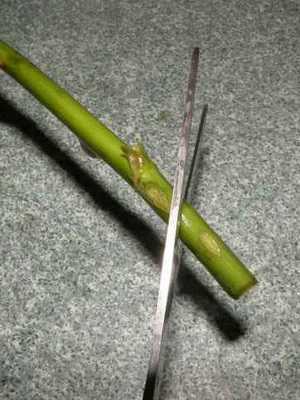
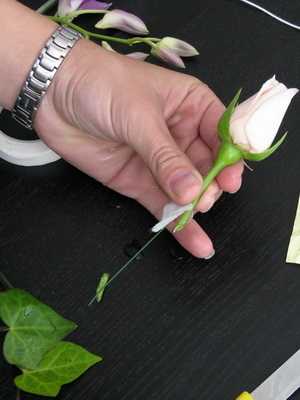
Pay attention to the photo: the cut of flowers for the composition should be inclined to provide a large surface area that absorbs water.
Quickly remove the lower leaves, which will be submerged in the water. It is especially important that no gray or pubescent leaves remain in the water. It is important that the cut ends do not dry out – immerse the stems in a bucket as soon as possible and do not expose it to direct sunlight.
Bring the bucket indoors when you’re done cutting. Plants are not yet ready to be in composition – a preparation process is required. Some flowers and leaves require special preliminary preparation. All of this may sound daunting, but it doesn’t take much effort, but it avoids the frustration of seeing all the work fail after a few days.
From spring to fall, the garden provides cut flowers, but is also a source of leaves and stems that are an integral part of many styles.
PLANTS | DEVELOPMENT STAGE FOR MAXIMUM CUTTING LIFE |
SHEAR CROPS | conditions apply to material grown in the garden |
THOUSAND LEAD | The flowers are fully open |
SNAPDRAGON | The flowers of the lower half of the inflorescence are open |
KNAPWEED | The flowers are fully open |
DAHLIA | Most of the flowers are open. The central disc is greenish – no pollen appeared |
DELPHINIUM | The flowers of most of the inflorescence are open |
FORZITION | The buds start to open |
DIGITALIS | The flowers of the lower half of the inflorescence are open |
LILAC | Most of the inflorescence is still in bud |
LILY OF THE VALLEY | Almost all flowers are open |
LUPIN | The flowers of the lower half of the inflorescence are open |
ASTER | Almost all flowers are open |
MOLUCELLA | The flowers are fully open |
PELARGONIUM | The buds in the inflorescence begin to open |
POPPY | The buds start to open |
RHODODENDRON | Most of the inflorescence is still in bud |
SCABIOUS | The buds start to open |
SWEET PEA | Several flowers are open – the buds are colored |
TULIP | The buds are colored – the leaves are not wilted |
Preparation for composing flower arrangements
Some preparation is required before starting to compose flower arrangements. Its purpose is to make sure that there are no callus in the lower part of the stems, nor any air blocks along their length, which will shorten the lifespan in the cut. This process is known as freshness preservation. Some plant material requires a special preliminary preparation stage.
Before starting the pre-preparation phase, there is work to be done if the plants have been left without water for some time. Remove about 3 cm from the bottom of each stem, making the cut slant.
Processing of woody stems. The ends of woody stems require more than just a slant cut to ensure good water absorption. Peel the bark from the bottom 3-5 cm with a knife, and then make a 3 cm slit with scissors or a knife. Do not break the ends, as this can lead to a bacterial infection.
Processing of wilted flowers. Use hot water treatment as a tonic for wilted plant material – roses and many woody plants react quickly to this method. Cover the flowers with a paper bag and immerse the bottom of the stems (3 cm) in nearly boiling water for one minute. An additional benefit is the elimination of bacteria.
Processing of drooping stems. A number of flowering plants (such as tulips and lupines) have drooping stems. The usual treatment is to wrap the stems in damp newspaper and then place the bundle in water overnight. Despite the processing, tulips can quickly go limp – in this case, a floral wire is pulled up through the stem. Punch a hole under each flower.
Processing of stems of spring bulbous plants. Tulips, hyacinths and daffodils need special treatment. Cut off the white part of the stem, and make an oblique cut on the green part. Some spring-blooming bulbs secrete sap that will shorten the lifespan of other flowers – place them in a bucket of water overnight before using.
Treatment of stems with milky juice. Some flowering and deciduous plants produce sap that forms a waterproof layer on the wound. The way to solve this problem is to burn the cut end with a flame (lighter, match or candle) until it turns black. This is how plants that produce milky sap are treated, such as poppy, euphorbia, ferns, dahlias and zinnia.
Processing of large leaves. First, the leaves are washed in warm water to remove dust and surface deposits. Then immersed in a container of cool water for several hours. Withered flowers can sometimes be revived in the same way. Take out small leaves after an hour and do not use this method on gray or downy foliage.
Preservation of freshness. A simple task – the stems are immersed in lukewarm water in a bucket, which is left in a cool and dark place for 2-8 hours. It is often helpful to add a cut flower preservative. A deep dive is recommended for most plants. Spring-flowering bulbs are an exception – add tulips, daffodils, etc. into shallow water. Do not leave prepared plants on the table – place directly from the bucket in a damp floral sponge or container filled with water.
